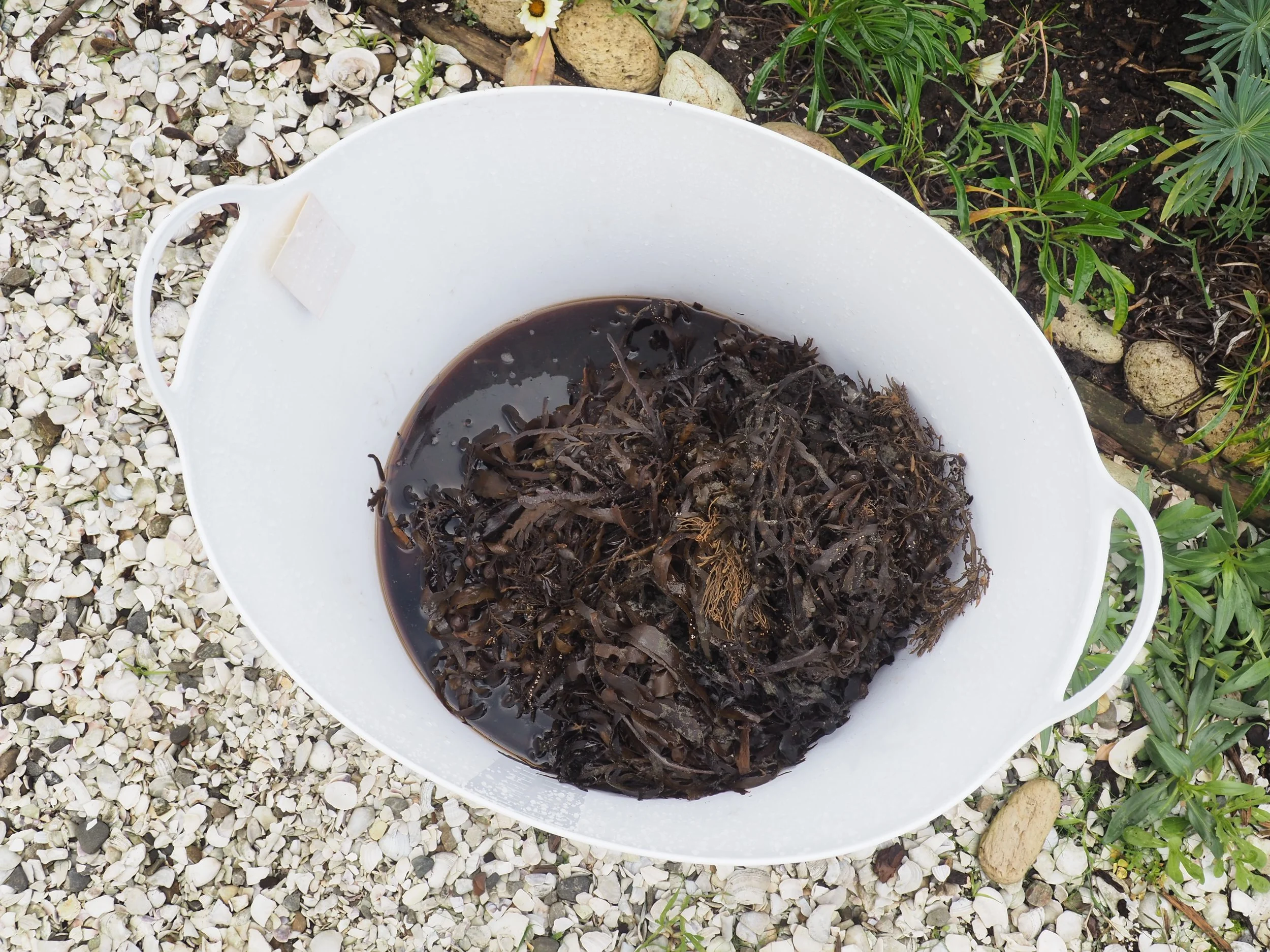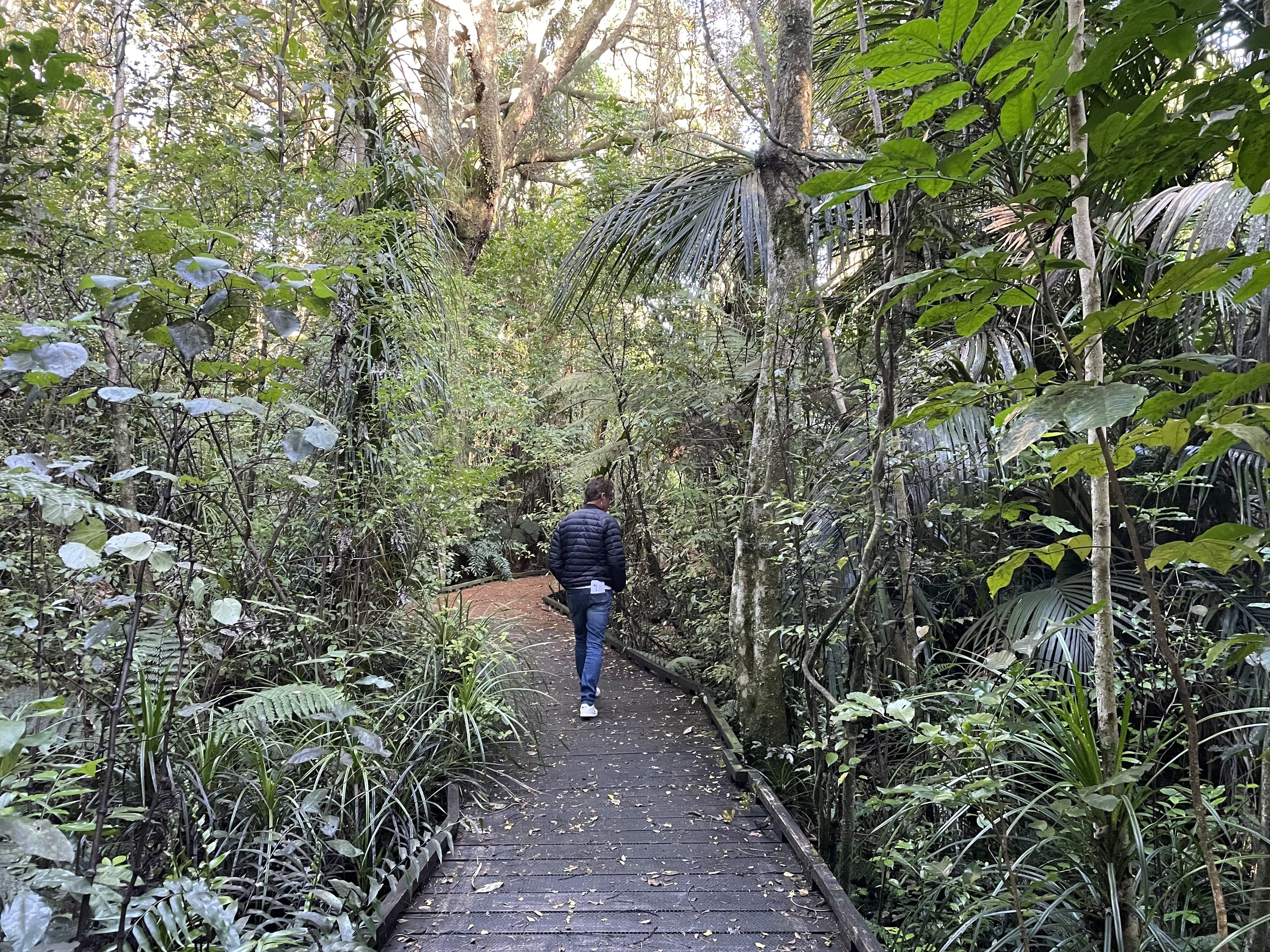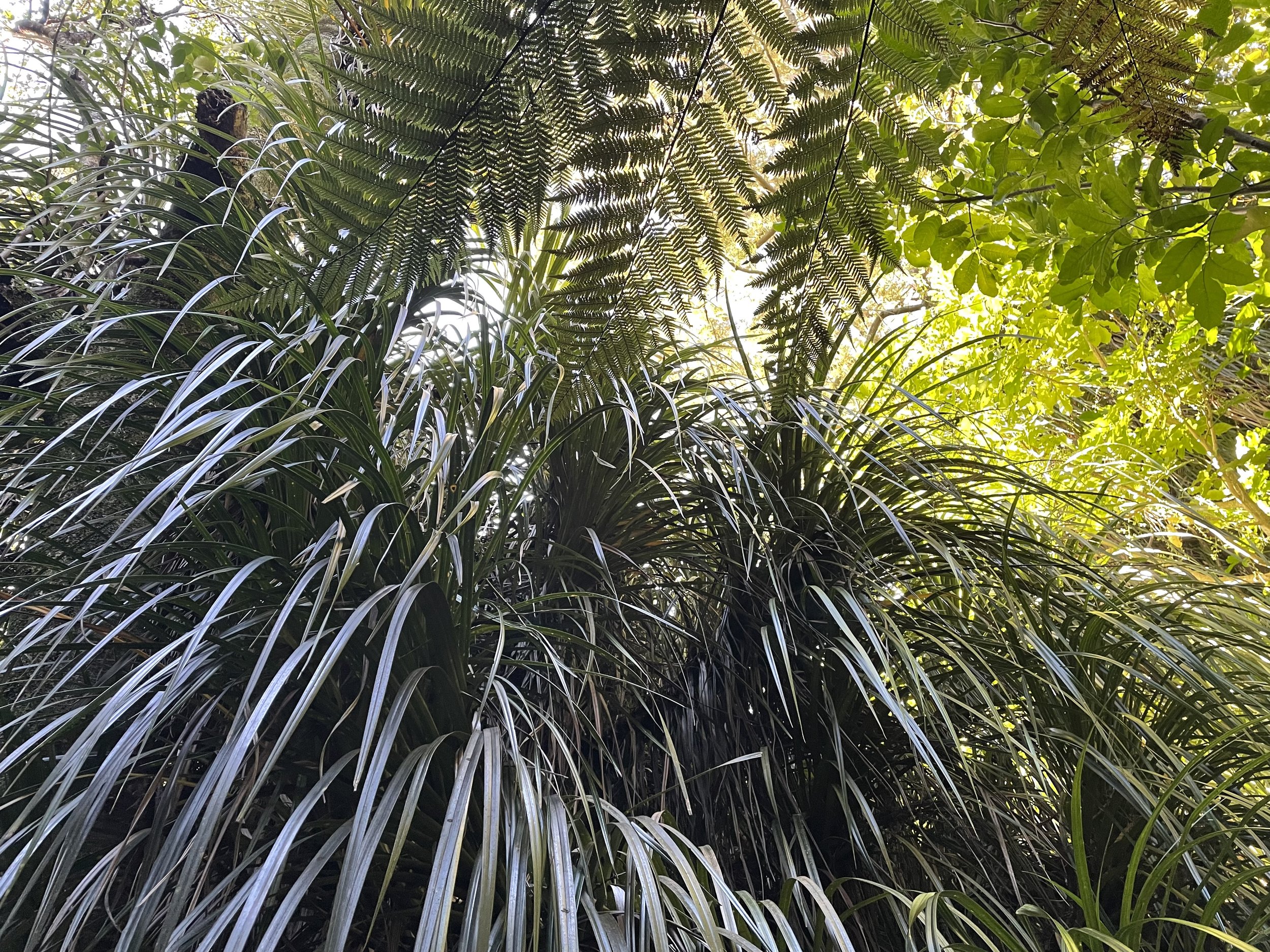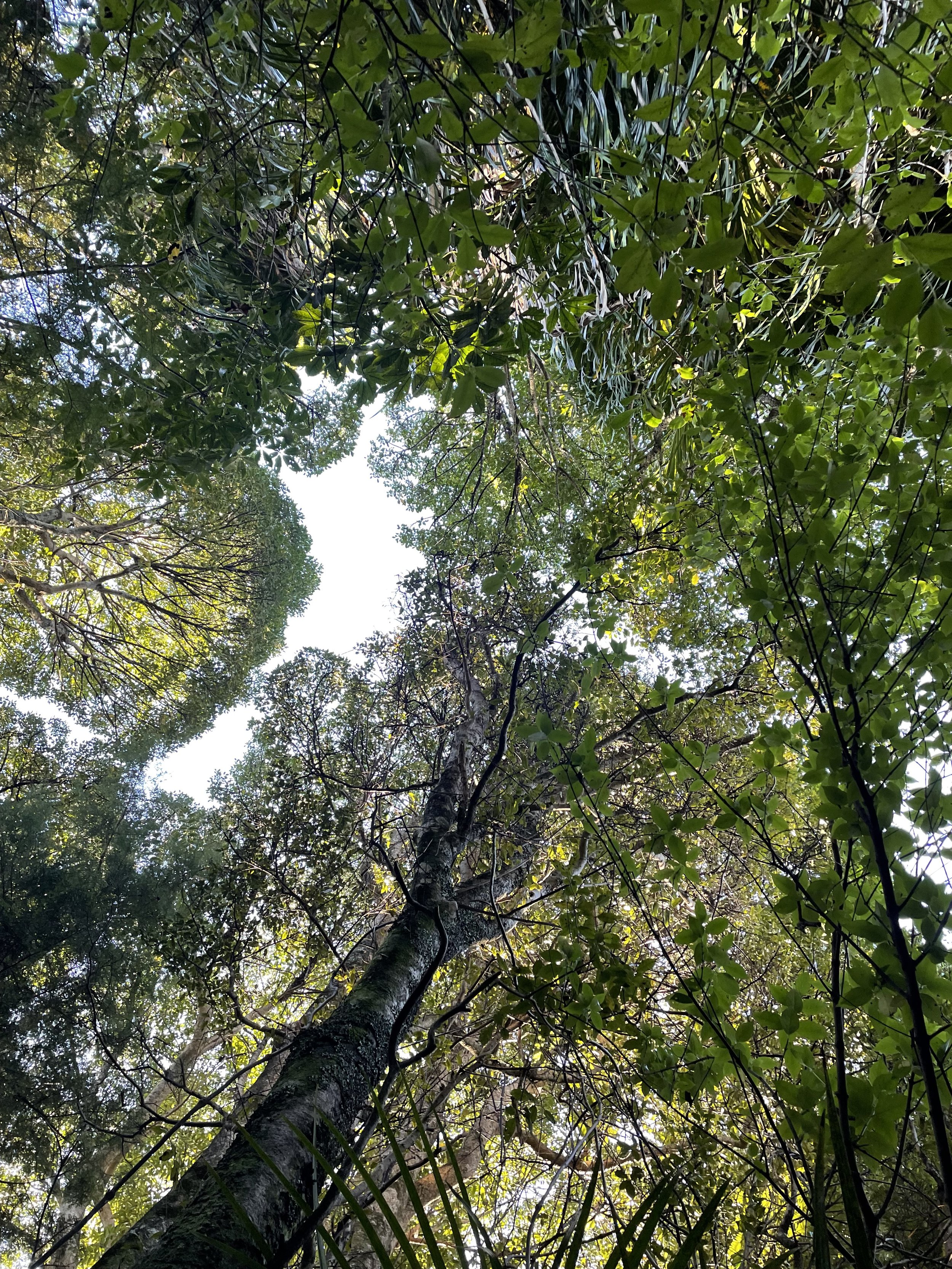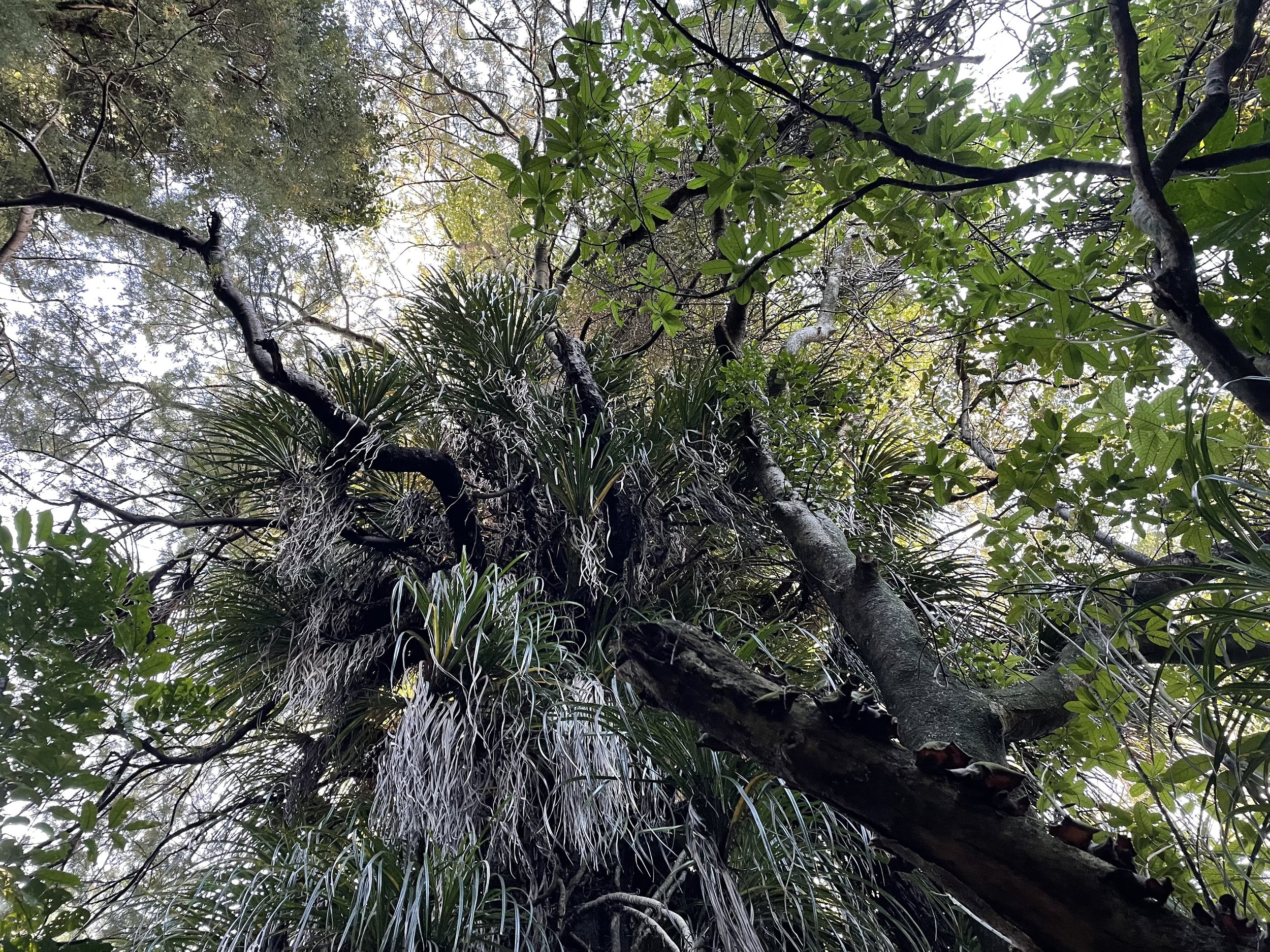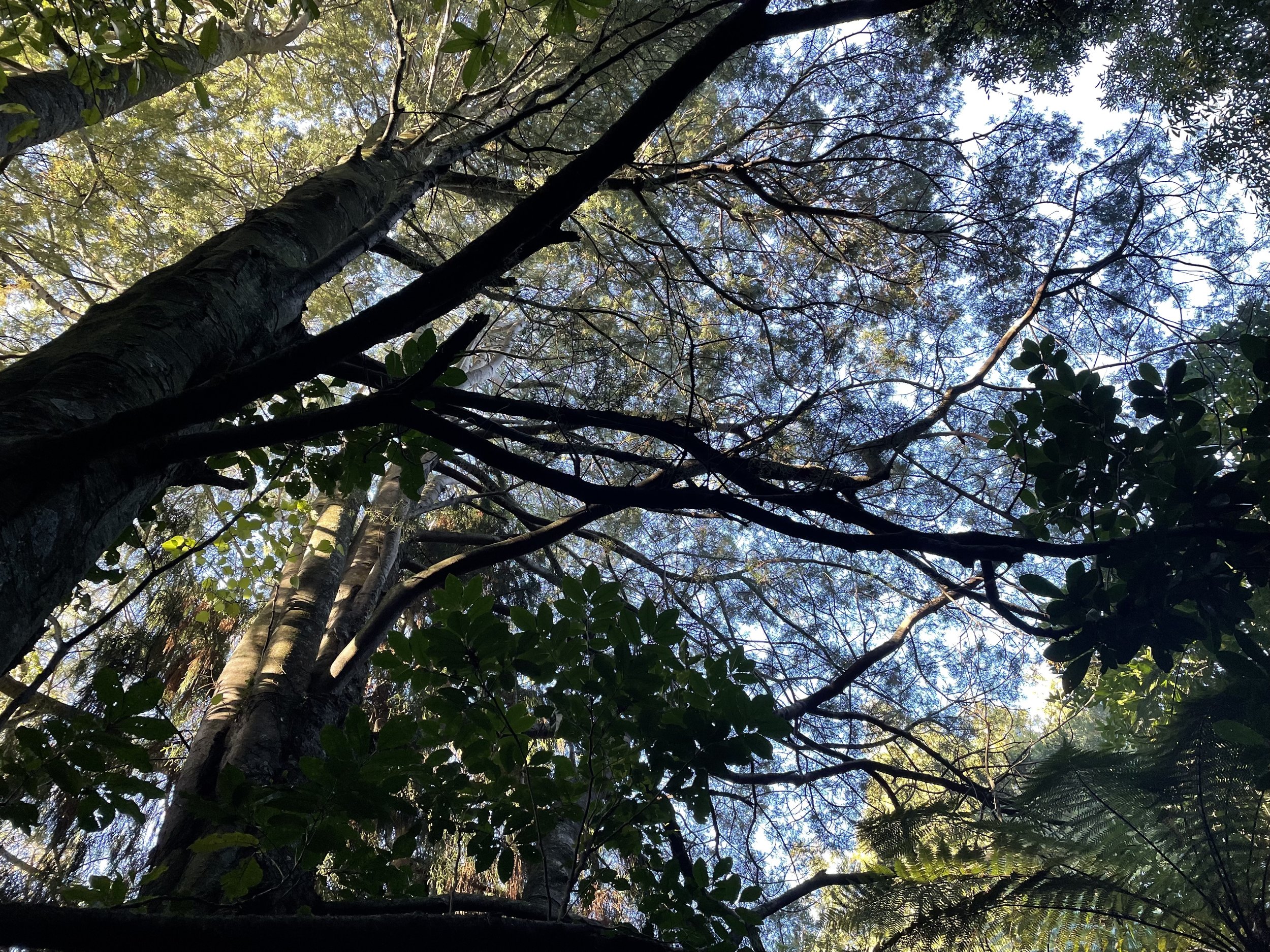I only have 4 very very small bookshelves at my new house. One shelf for fiction, two shelfs for gardening books and one shelf for cook books. Anyone who knows me knows that I love books and own hundreds of them. Most of my books are in storage. This is killing me. I’m someone who loves to be surrounded by books. There’s always a couple of teetering piles on my bedside table and on the floor beside the bedside table. There are always 4 or 5 books on the dining room table and on the stool beside the sofa. All of this is risky.
Now and again the labrador singles out a hardback book. She starts by chewing each corner, then tears off the spine and finally it’s a frenzied free-for-all of tearing and chewing, salavating and general savaging. Weeks can pass without a single kill. I grow complacent, thinking that she’s grown-out of this stage. I get slack and leave a juicy hardback book on the bed or on the sofa. Or near the bed or near the sofa. Sometimes the labrador gets caught-in-the-act, but usually I come across the gory aftermath. A dead book with bite-marks all through its heart and body, its skin (if it has a fly cover) shredded and scattered like feathers.
A whole lot of seaweed washed up on the beach last week. It doesn’t happen very often. At least, it hasn't happened this year. All the local gardeners have been down to the beach collecting seaweed in buckets and bags and piling it into cars and even onto a trailer behind a bike. I’ve collected some too. I fill a bag when I go dog walking. Lots of bluebottle jellyfish got washed up too, some of them are tangled in the seaweed. I know seaweed is good for the garden but I don’t know how to use it so I asked my friend Bron.
Bron, like me, has a coastal garden. Her grandfather was a gardener and she copies his method of making seaweed tea. She puts her collected seaweed in a big plastic rubbish bin (with a lid). She fills it up with water and lets it brew for a while. This creates a dark brown tea, which she dilutes with water and uses as a plant food. She keeps it going for a year and then composts the spent seaweed and starts again.
The seaweed made me think of Monty Don. He’s always giving his plants in pots a drink of seaweed tea. If, like me, you get mental fatigue from all the gloom in the world then tune into Gardener’s World. An episode of that makes you feel optimistic…Good gardening books have the same effect. Or a walk on the beach.
This week I have a couple of things on my mind: growing crops in pots and making nutritious potions to feed my plants.
I’m growing most of my fruit trees and veggies in pots. The main reason is to keep the plants safe from the 2 dogs. There’s another reason too. The soil in this part of the garden is contaminated. I haven’t had it tested it but it doesn’t take a genius to work out that: old bricks, off-cuts of tanalised wood, rusty cans, lumps of concrete, bits of fibrolite, plastic bottles and old pens aren’t going to improve the soil. The soil is sour smelling too.
Because I grow fruit trees and crops in containers I need to feed them. I found out the hard way over summer what happens if I don’t. But what should I use and how often should I use it?
Even the bottom corner of Monty’s book has been attacked by the labrador.
To get some answers I consulted with 3 experts: Kath Irvine ‘The Edible Backyard’, Monty Don ‘The Complete Gardener’ and Aaron Bertelsen ‘Grow Fruit & Vegetables in Pots’. Monty and Aaron told me to feed the plants in containers every week. Kath feeds her plants once a month, but all of hers plants are in the ground. Liquid food is what they all use. Monty and Aaron use a watering can and Kath uses a battery operated sprayer (she has a big garden). I have a small garden but a lot of pots and containers. I have lots of weathered tin watering cans (very boho-cottage). They look amazing but they’re bloody heavy. My containers have high sides and tin watering cans are cumbersome. They’re not designed to be held above the waist. The battery operated sprayer, while ugly, is very appealing.
After a bit of research, It turns out there are all sorts of nutritious liquid fertilisers I can easily make, using ingredients in my own garden. I’m sticking with 4 for now: seaweed tea (which I’ve already written about); Bokashi liquid (Bokashi is one of the many composting methods I use); comfrey tea (I planted 4 plants last week in the orchard - where convolvulus and comfrey can battle it out) and weed tea ( I have a lot of weeds).
Bokashi is a great way to compost all food scraps (I won’t go into details here). It uses a double bucket. The top one is for food caps. The bottom one collects the juices from the food scraps and the inoculated bran. I have 4 bokashi bins. I drain off the stinky liquid and store it in a big container with a tap attachment. That’s as far as I’ve got. I keep putting off the next step - pouring stinky liquid into a watering can, diluting it with water and feeding it to the plants
Comfrey tea is easy. Fill a bucket with comfrey leaves and stalks and flowers and water. Put a lid on it. Leave it until it becomes a stinking slush. Drain it. Dilute the liquid with water and feed the plants. The stinky slush can be composted or mulched around plants.
I tried making weed tea once before, but it was a very half-hearted attempt. But after reading ‘Garden Alchemy’ by Stephanie Rose I’m a complete convert.
It turns out that weeds are rich in lots of Primary Nutrients (nitrogen, phosphorus, potassium), Secondary Nutrients (calcium, magnesium, sulfur) and Micronutrients (iron, zinc, molybdenum, manganese, boron, copper, cobalt, silicon and chlorine). Take that pernicious weed dock for example. It is rich in phosphorus, potassium, calcium and iron. As for convolvulus, at the top of my hate list, it’s rich in phosphorus, potassium and calcium. Dandelions are pretty amazing too.
Weed tea is easy to make. You put all of the weeds into a cotton pillowcase and tie the end with string. You put the pillowcase into a bucket of water, put a lid on and leave it. Stir it twice a day and in 3 days it’s ready.
All of the homemade garden teas are diluted 1:10 or 1:20. Too weak is better than too strong.
Here’s what Monty says about liquid feeds of nettles or comfrey (the same would apply for any plant). ‘The results are not spectacular, nor should they be. All you are doing is making available to plants in a greenhouse or container the nutrients that are already there in the ground and which the nettles or comfrey have stored in their leaves.’
Last summer I didn’t look after the crops in containers and they all failed. It was disappointing because they were heirloom varieties that I’d grown from seed. I don’t want this to happen again. Compost, mulching and homemade teas are the answer.
Nga Manu Nature Reserve with the Waikanae hills in the distance.
Below the Waikanae hills is a small, preserved ‘swamp forest’. It’s called Nga Manu Nature Reserve. The reserve is 15 hectares in size. The ‘swamp forest’ covers, roughly, one-third of it. It is the last remnant of lowland swamp forest in the Kapiti Coast. Once upon a time this sort of forest dominated the area. That’s the price of progress.
Last Sunday I visited the nature reserve for the first time. I’ve been spoilt by other Wellington forests, most particularly a native botanic garden called Otari-Wilton’s Bush (which I used to live near). To be honest, I wasn’t expecting much from Nga Manu - a pleasant outing at best. The car park was humble, so was the main building and all of the smaller buildings and animal enclosures. There was a lawn and a pond - nice but nothing special. There were some nice tracks around the pond - also very nice. There was a lookout tower - again low-key (lovely views though). Finally, I got to the ‘swamp forest’. It was stunning. Thank you Peter McKenzie for dreaming and then realising your dreams in 1978.
I found this excerpt written by Bevan, 1908. It comes from a book called ‘Reminiscences of an Old Colonist’. He describes what this part of the Kapiti Coast used to look like.
‘Beautiful forests adorned the hills and plains, the woods extending to within a mile and a half of the seabeach, while scattered along the coast were most beautiful lagoons.’ These lagoons were ‘swamp forests’.
I’m off to sew some seeds before winter arrives. But before I go, have a look at this.
See you next Sunday.
